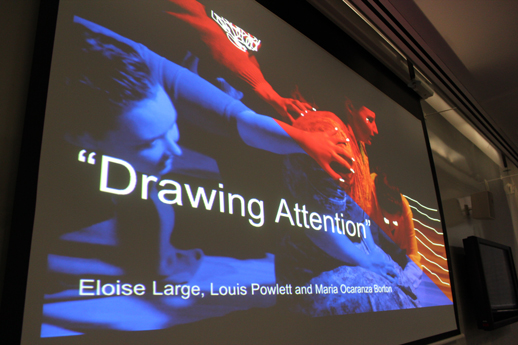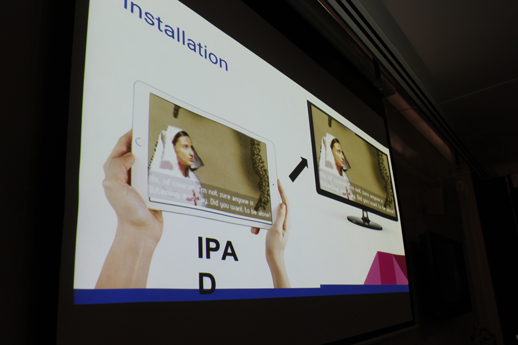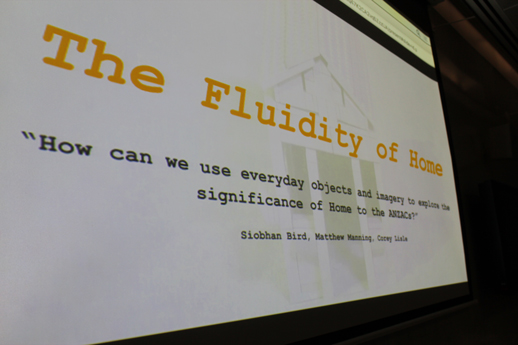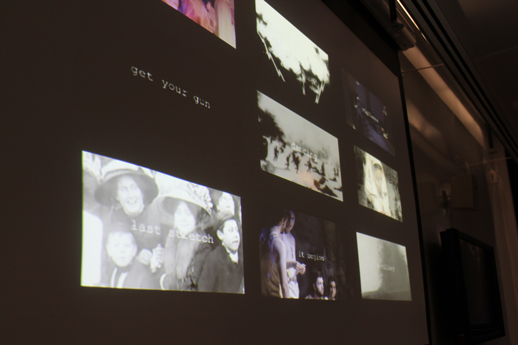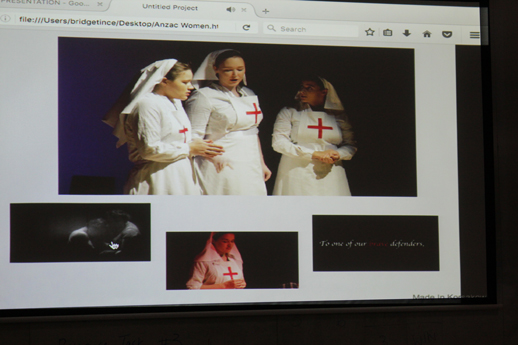Some brief notes from Hannah Brasier’s presentation in the studio.
Firstly, I really saw her approach as being design driven in relation to the iterative use of Korsakow to develop what was recorded.
I think we have spent to much time discussing structure rather than using Korsakow to determine the structure.
Also, the recording is an ongoing process rather than something that is totally planned in advance.
Hannah’s “video content, relational pattern, interface” approach is useful in relation to thinking about a design process, and off course this is cyclic and repeated with each iteration affecting the next.
The idea of setting up a constraint as a type of sampling approach came up, which has been discussed in the studio previously. i.e. Hannah’s example was 5 videos a day for two weeks.
Staying with the notion of ‘constraints’ – limitations could be placed on the approach towards recording, as part of focusing the stylistic approach and developing a aesthetic quality across the collection of clips.
The interface design was motivated by what the the producer “wants the work to do” – in Hannah’s case the idea of ‘lists’ affected the spatial decisions with previews/thumbnails and the viewing window.
Two very distinct approaches towards structuring in Korsakow emerged in the presentation. One worked with clusters/clouds of thematically connected shots with bridging granules/clips allowing the user to transfer across clouds. (By the way ‘clouds’ is Adrian Miles’ term for groups of clips). The other was based on rhythm.
The number of keywords was kept to a minimum – often in Hannah’s works to five. Interestingly, the rhythm could be based on mood rather than referring to the topic themes as keywords. This points to the concept of what you want the work to do.
What I learnt from this presentation in regards to recording is to start with a type of probe/proposition and use this a an open type of guide to start recording. Within this probe/proposition there may be some devised constraints in relation to how you will record material. The process from then on is iterative in regards to using Korsakow to learn about what you are recording and how it will fit together as a collection. I think Hannah mentioned something like learning from, or letting the material “talkback” (to use Schon’s term). The take home is that the recording may not necessarily happen all in one hit it is an iterative process informed by working concurrently in Korsakow.
In reference to Hannah’s use of Vine to produce granules – the other thing we have not explored is the use of micro online video services like Vine as means to set constraints for the approach towards recording. In fact there has been little experimentation with a micro video or very short durations.
The “what you want the work to do” can be driven to use Hannah’s description by “how you want the user to navigate the work.”
We have also been caught up on the notion of ‘narrative’. What happens to the work when you look outside, beyond narrative? Hannah works with ‘lists’ and the notion of ‘description’ or ‘noticing’ as alternatives.
Hannah’s links:
Honours – http://hannahbrasier.com/
PhD – http://hannahbrasier.tumblr.com/
Publications – https://rmit.academia.edu/hannahbrasier
Other Reference:
In regards to the notion of what Korsakow can do…
‘Materialism and Interactive Documentary: Sketch Notes’ by Adrian Miles
